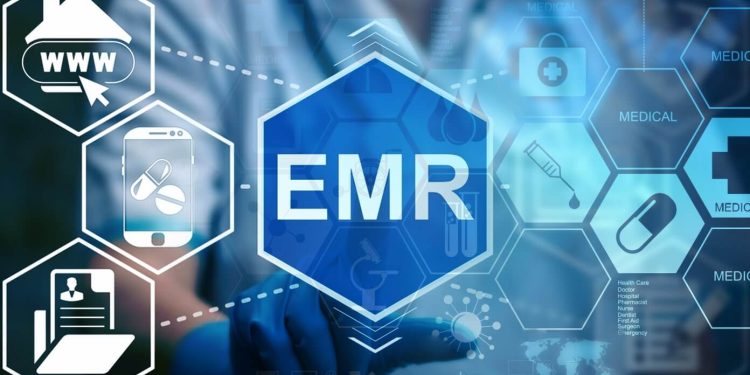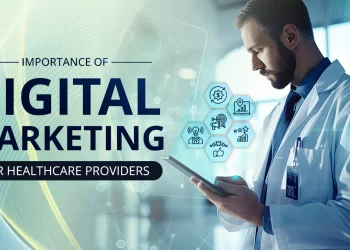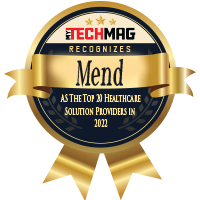EMR (Electronic Medical Record) system, also referred to as EHR (Electronic Health Record), is known to improve medical practice operations considerably. However, it is easy to get overwhelmed by the range of features that come with these solutions. If your medical establishment is planning to transition from a paper-based system to a sophisticated EHR solution or replace the existing EMR system, this article can be of enormous help.
Here, we have identified the most crucial features that should be a part of the EMR solution that you are evaluating at present.
What are the Must-Have EMR Features for Healthcare Practice?
-
Patient Scheduling
A comprehensive EHR platform should have an appointment-setting feature that allows team members to quickly register patients, schedule them, and choose a purpose for their visit. It must send out automatic appointment reminders via text or email to decrease no-shows and confirm better collections. However, you need to ensure that you are comfortable with the platform’s scheduling features.
-
Patient Portals
EMR system should have a patient portal in it where one can access:
- Educational materials
- Lab results
- Allergies
- Medications
- Discharge summaries
- Immunizations
- Forms for download
- Recent doctor visits
Some advanced tools may also offer
-
- Benefits and coverage checks
- Appointment scheduling
- Prescription refill request forms
- Contact information update forms
- Payment method
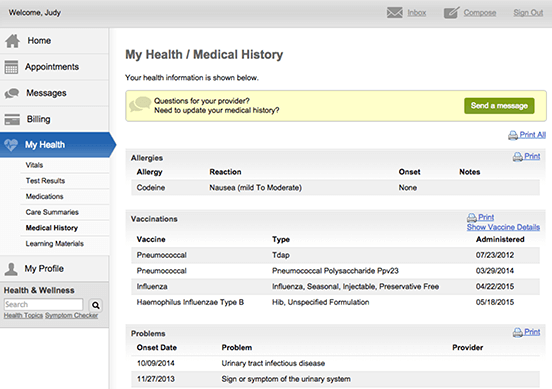
Image Source: athenahealth
-
Patient History Recording
The EMR platform should make it easy for users to quickly and expertly record and access patient history when required. That is, it should let providers capture, review, as well as manage medical procedural/surgical, family, and social history, including the relevant positive and negative accounts, patient-reported or externally available patient clinical records.
-
E-Prescribing
Go for the EHR system with an e-prescribing facility that lets you electronically print as well as transmit prescriptions. Such systems also offer automatic and instant notifications of potential drug interactions and allergies.
-
Medical Billing Dashboards
A good EHR software makes billing fast, integrated, and painless as possible. You can easily send bills and transfer the data from charts to bills using these systems. During bill creation, the tool might auto-fill a bill with services from charts, or it might let you view the bill and chart side-by-side.
Also Read: How can EHR Break the Shackles of its Past & Enhance in 2020?
-
Order Entry
We recommend that medical practices go for this feature while evaluating the EMR system. This feature, also known as computerized physician order entry (CPOE), lets medical service providers enter, save, and transmit orders for prescriptions, medical tests, and other services. Besides, it also checks for errors and transfers orders electronically.
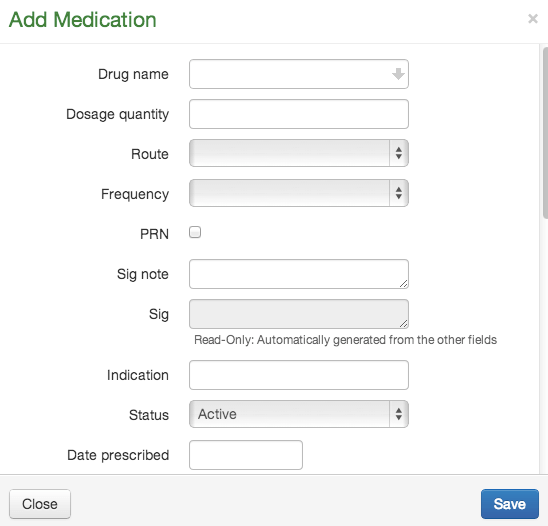
Image Source: DrChrono
-
Lab Integration
Based on how lab-dependent your healthcare practice is, you may have to choose the right system in the market. Some EMR system lets you monitor the delivery, scrutiny, results, and certainty of samples by electronic means. However, seamless access to explanatory information, two-way communication with labs, and proper integration of lab information and charts are must-have EMR features in your system.
-
E/M Coding
Choose an EMR system that helps you comply with evaluation and management documentation standards. This means the system should be able to record information, such as:
- Physical examination results
- Pertinent health risk factors
- Treatment and diagnosis codes
- Prior diagnostic test results
- Complete, legible medical records
- Clinical imprint, valuation, and diagnosis
- Applicable history and reason for the encounter
- Medical care proposal
-
Document Management
The EMR system should have well-organized, innate document management capabilities, which includes charting features. The software with charting functionality allows physicians to create and store copies of the patient’s clinical records and other documentation digitally.
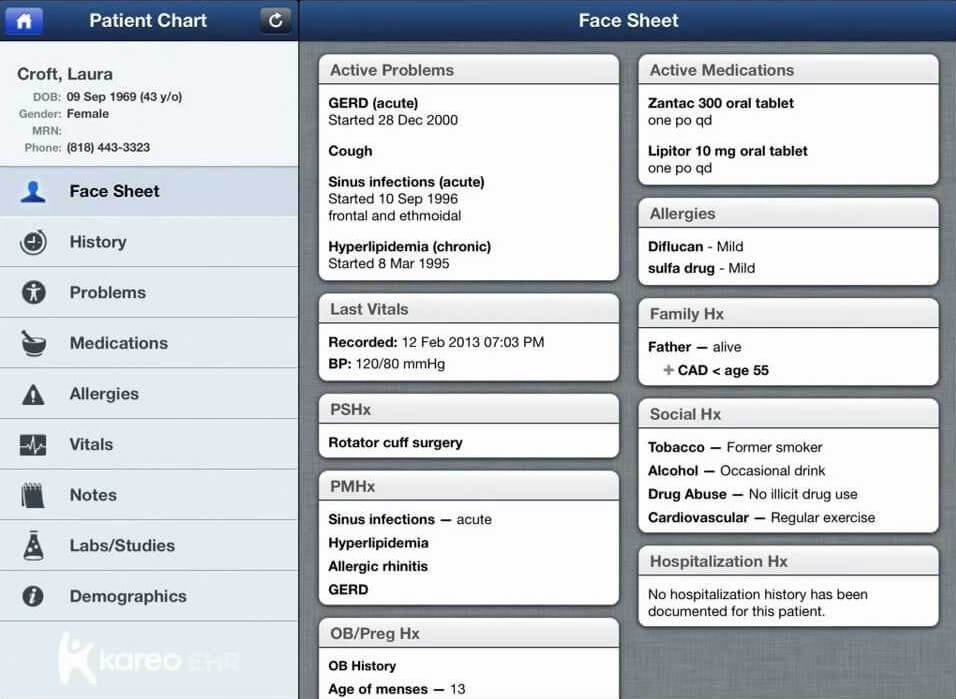
Image Source: Kareo
-
Centralized Communication
Improved consumer experience can enhance care delivery. Hence medical establishments look for ways to modernize patient-doctor communications. EHR platform with a centralized messaging system can easily and capably manage patient-related communication in a single place.
Now it’s Your Turn
Choosing the right EMR software will have a significant impact on day-to-day healthcare practices. So it’s vital to stay in the right direction. The ten features highlighted in this article will serve as a starting point for evaluating the diverse options out in the market.


